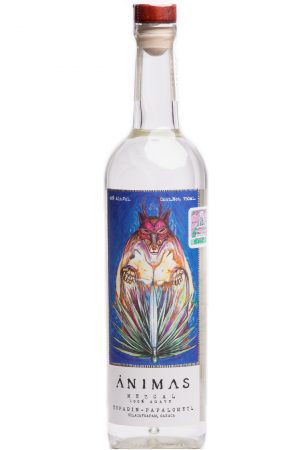
Mezcal Artesanal
Make no mistake, Mezcal is an acquired taste. The smokiness can overpower your senses, like a fantastic peat whiskey. But once you embrace the smoke, your palate sensors will find and thoroughly enjoy the very complex flavors that offer fruity, herbal, floral, and spicy characteristics.
Showing 13–24 of 39 results
-
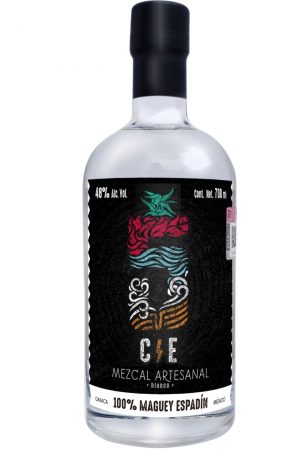
Cinco Elementos Mezcal Espadín
-
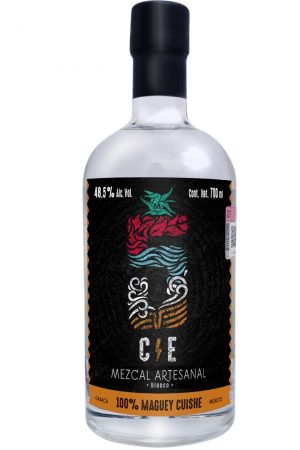
Cinco Elementos Mezcal Cuishe
-
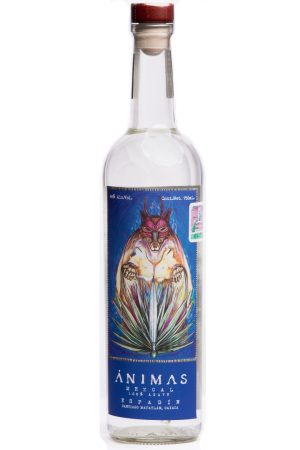
Ánimas Mezcal Espadín
-
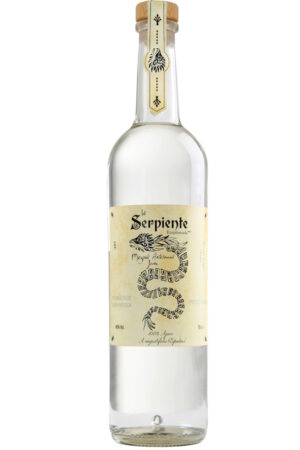
La Serpiente Emplumada Mezcal Espadin
-
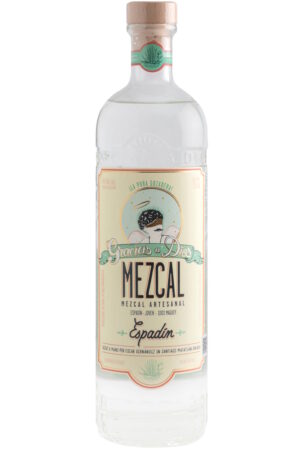
Gracias a Dios Mezcal Espadin
-
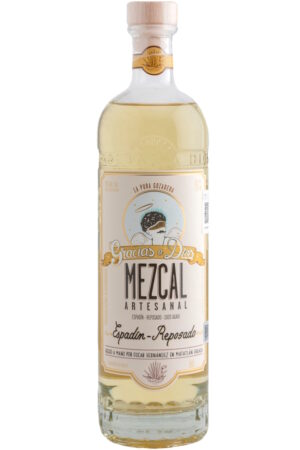
Gracias a Dios Mezcal Espadin Reposado
-
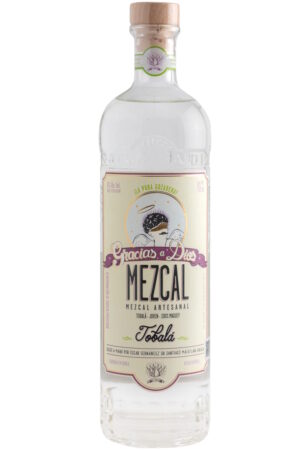
Gracias a Dios Mezcal Tobala
-
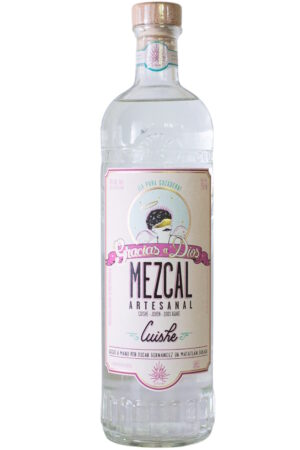
Gracias a Dios Mezcal Cuishe
-
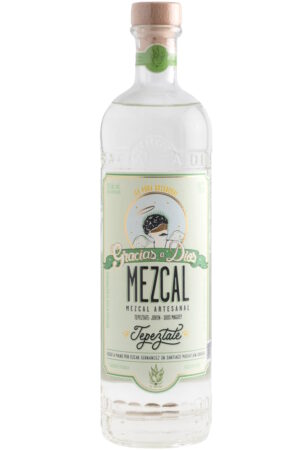
Gracias a Dios Mezcal Tepeztate
-
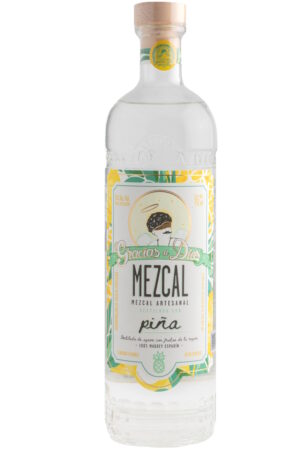
Gracias a Dios Mezcal Espadin – Pineapple
-
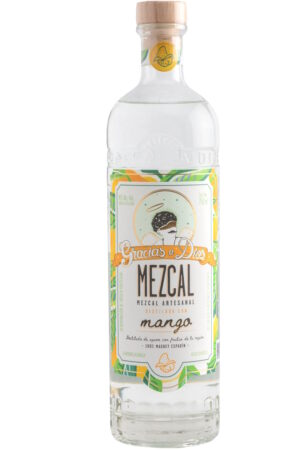
Gracias a Dios Mezcal Espadin – Mango

